How Sustainability can be a Career Catalyst - An Interview with Jewellery Designer Arabel Lebrusan
Our latest interview is with Arabel Lebrusan, a jewellery designer and business owner who is celebrated not only for her bold and intricate signature style, but also for her commitment to sourcing fair-trade, fair-mined and ecologically sustainable materials.
Arabel’s journey towards ethical and sustainable business practices is one that many young and upcoming makers hope to mirror, and one that our new Career Catalyst Grant has the potential to support.
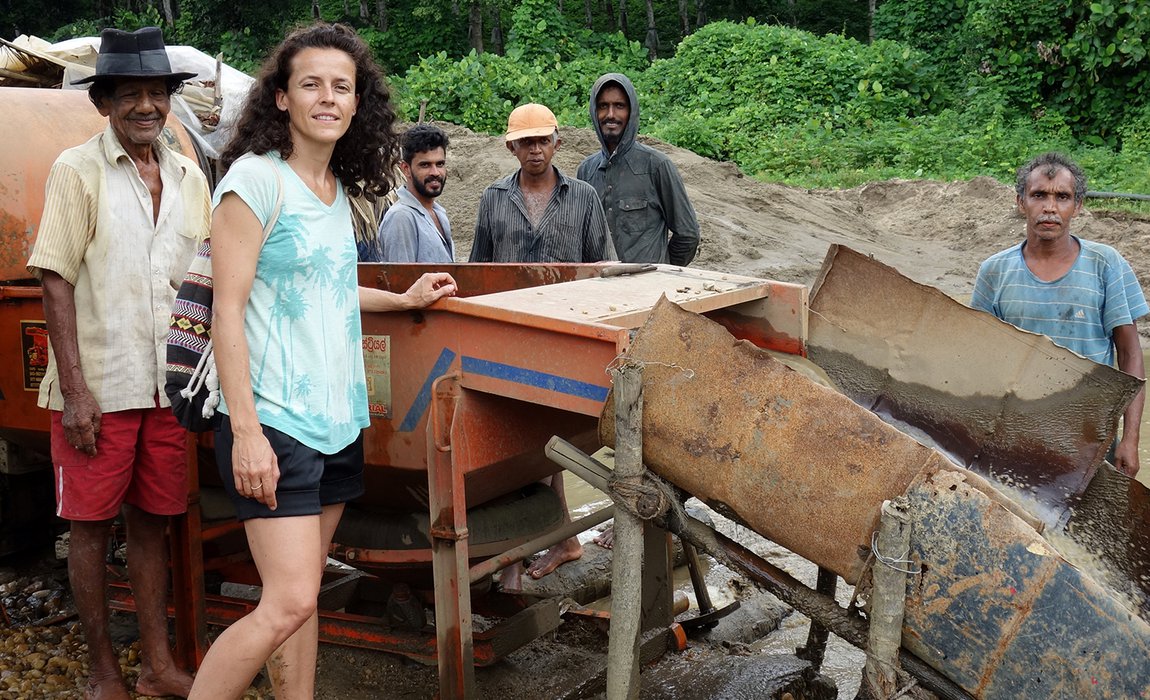
How did you start your studio practice and at what point did you focus on being sustainable?
Following a BA in Fine Art in Madrid and Holland, I’ve dipped in and out of studio practise. At points I devoted my time to working for other people, and at others I concentrated more on my own work. Designing for different brands gave me the opportunity to travel the world and to see the ins and outs of the jewellery trade – seeing the good, the bad and the ugly with my own two eyes. And that’s how my passion for sustainability started. I wanted to find alternatives to the traditional route, firstly to prove to myself that sustainable jewellery was possible and then, to show the world how it’s done.
It was during this period in my life that the film Blood Diamond was released, and suddenly the media was overwhelmed with articles about the negative impacts of mining. That was the final push I needed. I didn’t want to see my trade tarnished with such a poor reputation.
What resources and support is out there for makers wishing to learn more?
When I started out, nearly thirteen years ago, things were much more difficult. There weren’t so many resources available: if you Googled ‘ethical jewellery’ or ‘sustainable jewellery’, you’d get hardly any results. Certifications for materials like Fairtrade Gold and Fairmined Gold didn’t even exist yet. To find ethical materials you had to rely on word of mouth recommendations and just keep digging, digging and digging. One of the first sustainable materials I found was called Green Gold, which was mined sustainably by small-scale miners in Colombia. It was completely organic, in the sense that no chemicals whatsoever were employed in its processing.
Then, third party certification programmes began to develop and that was really the beginning; not just for me, but for the evolution of the core market. Now, there are a lot more ethical resources available.
The Incorporation of Goldsmiths in Scotland offers a great platform called the Ethical Making Resource. I’d recommend this feature to any maker who's looking to start making small changes within their practise. Of course, there are always the Fairtrade and Fairmined websites, too, which are great places to start if you’re looking for information on fair mining. The consultancy Levin Sources have shared some fascinating and really informative blogs about circularity in the jewellery industry, which I totally recommend as a means to get your head around it all.
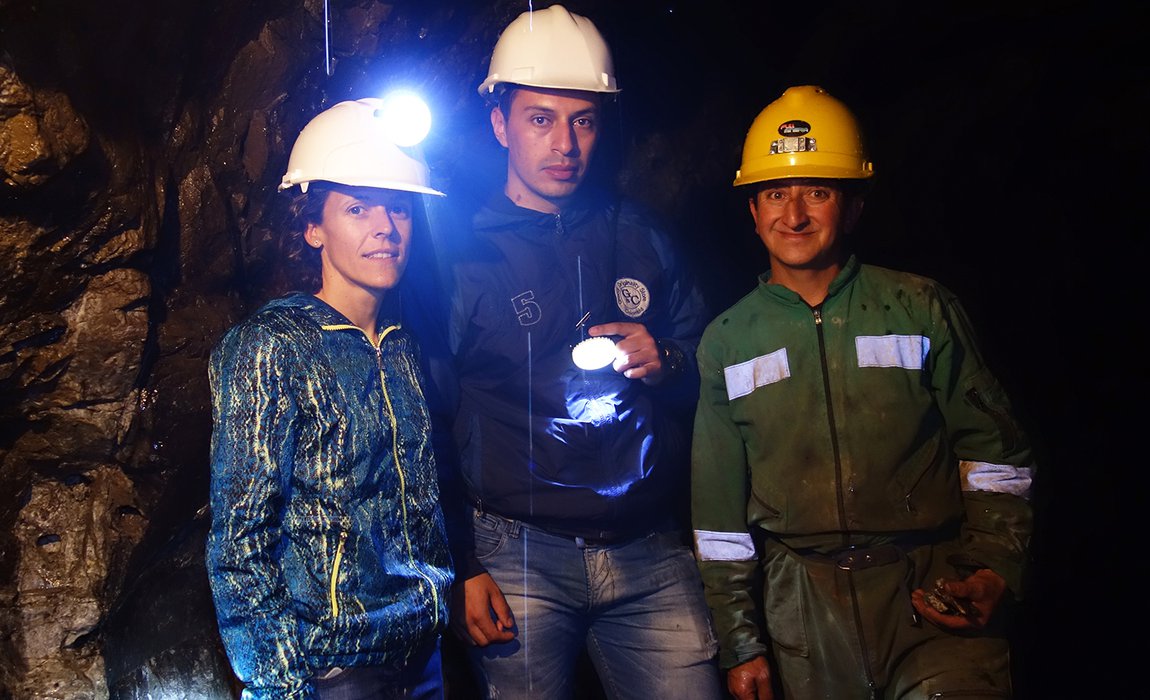
What direction do you think sustainable making is heading?
What we’re seeing is raised awareness, and increased discussion around what ‘sustainability’ means to people. The ethical jewellery game now consists of WAY more players than back when I first started out. At the beginning, the only people you’d find producing ethical gold were small-scale miners - now, we’re seeing huge refineries producing traceable, single-source gold. But, there are significant differences between sourcing from large-scale mines and small-scale mines. Ethical options are diversifying and the market is becoming more saturated. In turn, this just means that the field is becoming increasingly difficult to navigate. Decisions are multiplying and becoming trickier and trickier to make.
Today, it’s vital to understand exactly what it is that you stand for. What are your core values? What are your main priorities? In order to progress and improve, you must understand your supply chain from start to finish. Without gaining a full, honest picture of the voyage your jewels make, how are you to establish what needs changing, what you’re aiming for and why you’re aiming for it? Your ethical journey should reflect who you are; it should support the message you’re trying to communicate to the world. You must then balance that vision with realistic limitations – especially as a small maker or independent brand.
Not every single aspect of the jewellery trade can be 100% ethical. Most can be – but before you lose your head trying feverishly to ensure that every last element is right-on, take a moment to reflect on what ethics and sustainability mean to YOU. I’ll give you a quick example: some makers say that recycled materials aren’t ethical or sustainable, because they’re not fully traceable. To that, I personally would fight back and say: ‘But that’s how I started in the first place.’ Recycling materials is the very first step we should all be making towards establishing some kind of circularity in jewellery. Opinions are always going to vary from maker to maker, and that simply reflects how the market is diversifying. Trust your instinct and act on what you truly believe; don’t feel pressured to just go along with someone else tells you is sustainable. Do your research, find the right partner and celebrate your ideals.
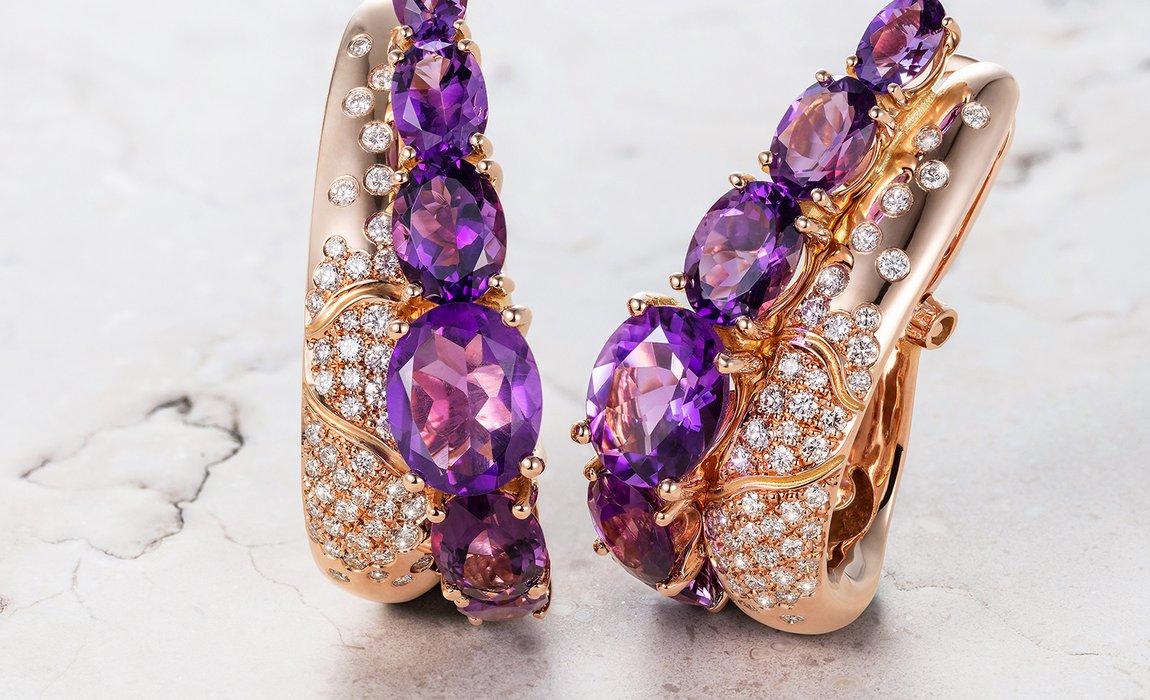
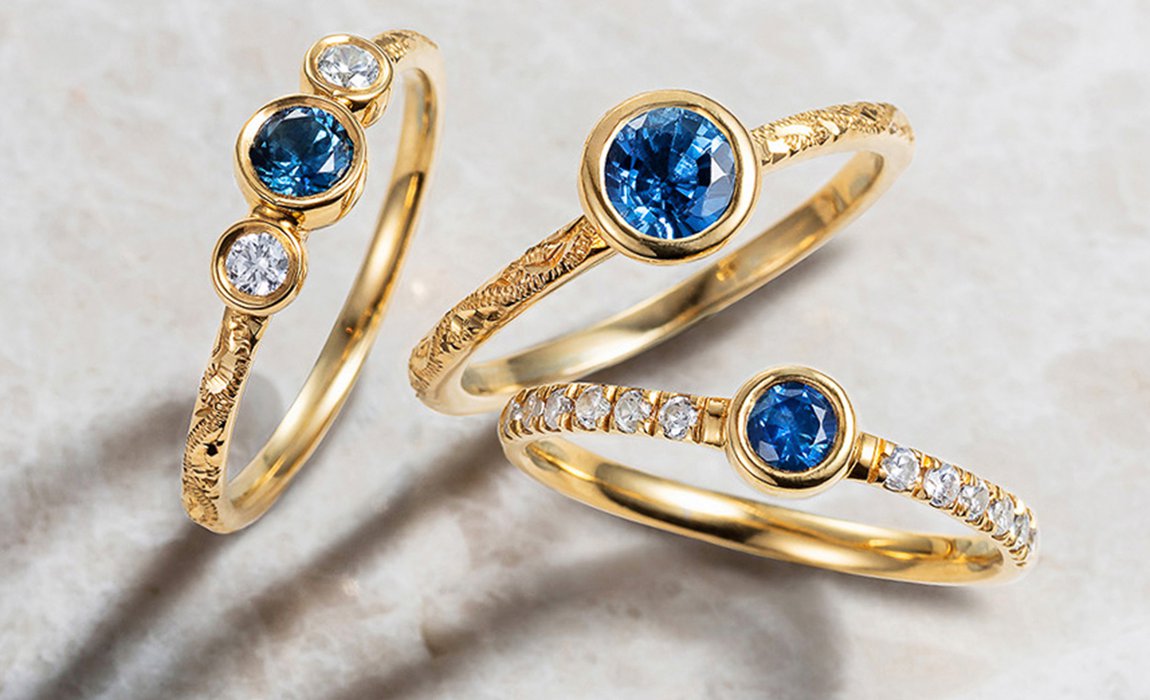
What are the biggest challenges that you have faced?
For me, the recurring stumbling block is suppliers and the materials they use. I’m limited by my ideology – there are lots of people and substances that I’m not happy working with. I’m choosy. I won’t think twice about working with my trusted gemstone supplier in Sri Lanka, whose mine I’ve personally visited and whose employees I’ve met – but I wouldn’t feel so confident about sourcing a rose quartz from Brazil with a vague supply chain.
I’m a designer who most of the times relies on others to manufacture my jewels for me, so I also have to understand whether or not these craftspeople are licensed to work with the materials I’ve chosen. As a small designer, I’m working in small volumes, so often I find myself approaching suppliers with a flurry of very specific demands and detailed letters, only for them to look at me and think: “Step off!”
Another challenge is trust. Even those making amazing progress in terms of supply chain transparency don’t always have official paperwork in place for me to pass on to my customers. That’s something that we really lack in this industry. Many of the big players have now begun introducing certificates and documents, but for small companies like mine, it’s difficult to approach a factory and say: “I want you to produce this metal, in this way, and I want evidence that it’s authentic.” We’re just not at that level yet!
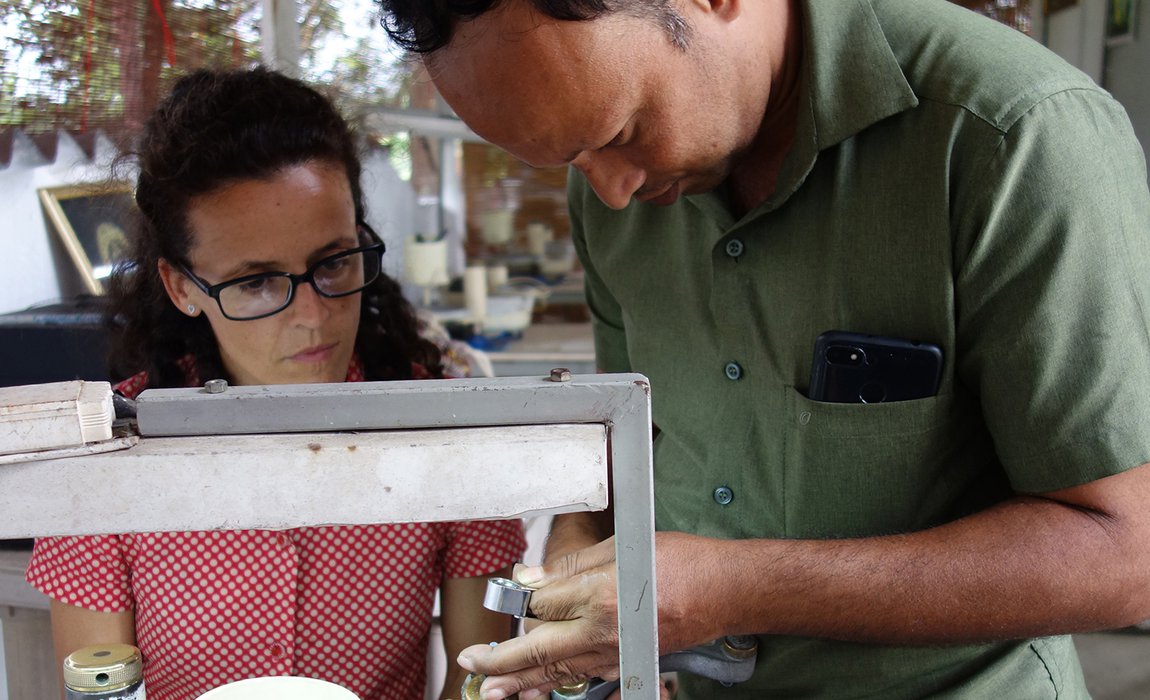
Is it challenging to have the confidence to make those demands?
For small companies and makers, yes, it can be. The way I tend to approach these situations is by emphasising the importance of critical documentation for my customers. I’ll say something along the lines of: “My customer’s requested evidence that their sapphires is X, what can you do to prove, officially, that it is?” I think it’s really important for suppliers to understand that it’s not just us as designers who want to see these positive changes – it’s important to the customers, too. Hopefully it’s this pressure from the consumer end that will influence more suppliers to begin changing their practises by putting more paperwork in place. For me, it feels amazing to pass on a certificate to a customer directly, not created by me but issued by my suppliers as a legitimate promise of ethics and provenance. It’s a shame that such reliable reports are still a rarity.
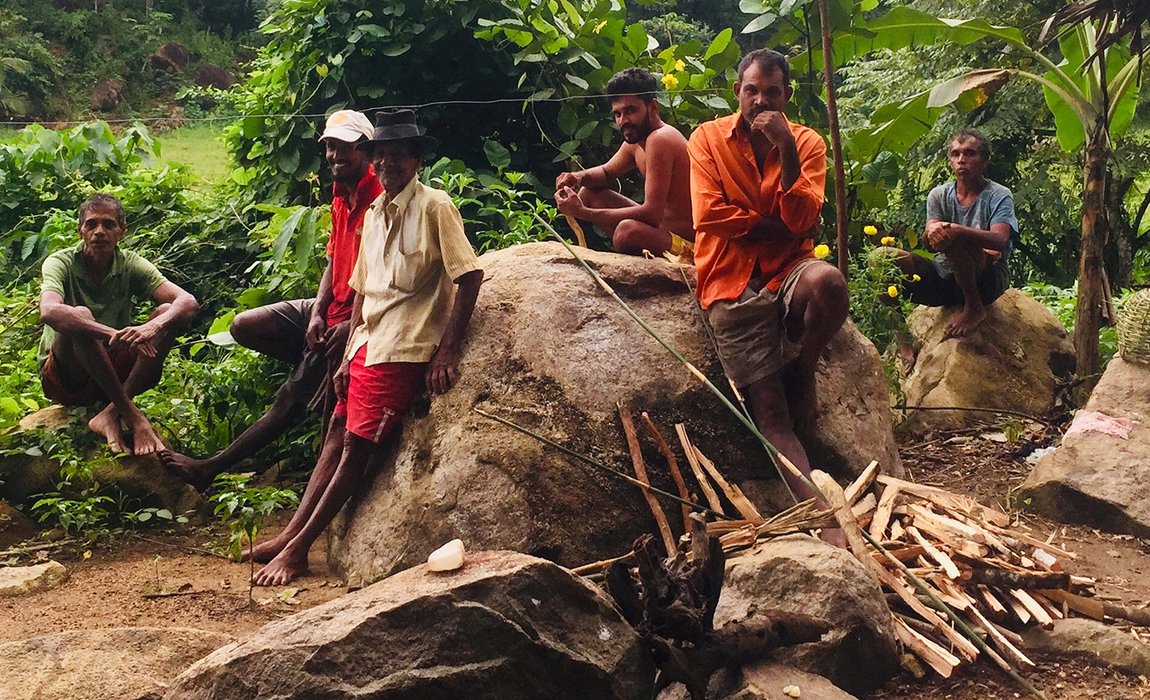
Do you have a top tip for a maker considering developing their practice?
Take baby steps! Start by concentrating on small changes – don’t rush for perfection from the get-go. Establish where you’d like to make your first change, take your time researching, and little by little you’ll see your business evolving organically.
Remember – it’s a journey! People will support you on the path if they see where you’re heading. For example, Fairtrade Gold offers their Goldsmiths’ scheme which warrants jewellers to start combining their third-party certified metals with standard industry metals. This enables you to introduce these ethical metals in small volumes so you can tell your customers, proudly: “A percentage of my metal now comes from this particular source because I want to support small-scale miners.”
Think about your jewellery packaging; how you travel to work; how you transport materials; how you manage your studio; the chemicals you use in your workshop. Any small change is better than none.
I belong to Fair Luxury, a trade organisation focussed on ethical practises in the jewellery sector. Every single year, we re-evaluate our ethical mission statement. One of our mottos is: “We’re working on it!” Because it’s true; we’re all learning. None of us are perfect and the process is never finished.
In what ways do you think a Goldsmiths’ Centre Career Catalyst Grant could support a craftsperson to become more effective in their sustainable studio practice?
What a grant like this one would gift you is the biggest luxury of all: time. Working in a studio, you NEVER have time to spare. You’re always operating in a state of emergency, thinking about the next job that needs doing. A grant would afford you the space and freedom required to investigate and research; to learn about your ethical options and how to attain them. It gives you a moment to get your plan together.
You could take the grant money and use it to travel to places where materials are sourced. We’re very far removed from the origins of all these precious materials; we don’t know the half of it. We might see photos, we might watch videos, and we might think we’re well-read, but there’s nothing quite like seeing a mine first-hand. I can say this because I’m lucky enough to have visited gold mines and a gemstone mine in Sri Lanka. Visiting is a beautiful experience because it enables you to forge personal relationships with the individuals who are getting your materials from the ground.
So, you could explore, travel, research, get to know some manufacturers; the options are endless, but the most pleasurable feeling is being spoilt for time. Time is precious!